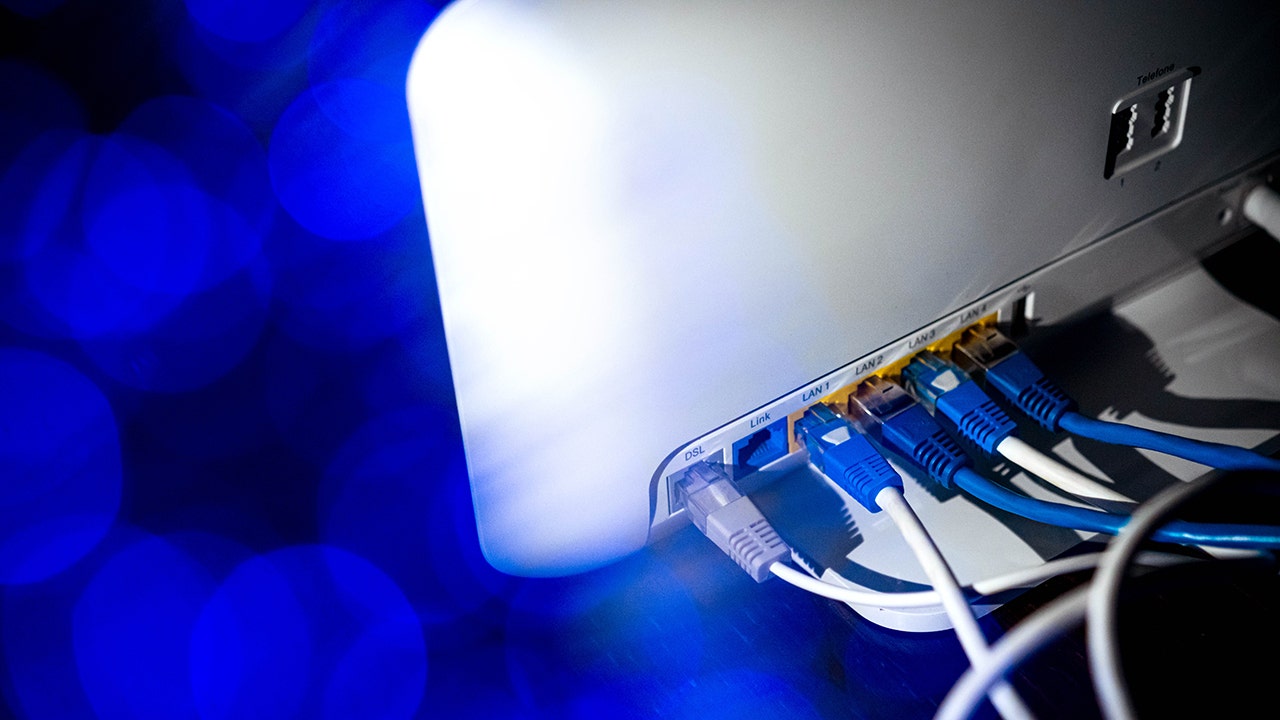This isn’t a galaxy — it’s a map of a mouse’s brain

Scientists have recently made a groundbreaking discovery by creating the largest functional map of a brain to date, thanks to a mouse that watched clips from the movie “The Matrix.” This map consists of a diagram showcasing the wiring connecting 84,000 neurons as they transmit messages to one another.
Using a tiny piece of the mouse’s brain, about the size of a poppy seed, researchers were able to identify these neurons and trace their communication through branch-like fibers, totaling a surprising 500 million junctions known as synapses. The extensive dataset, published in the journal Nature, represents a significant step towards unraveling the complexities of how our brains operate. The data, presented in a 3D reconstruction and color-coded to distinguish various brain circuitry, is now accessible to scientists worldwide for further research and exploration.
Forrest Collman, a researcher at the Allen Institute for Brain Science in Seattle, expressed awe at the intricate details revealed by this study, likening the experience to observing images of galaxies. He emphasized the beauty and complexity evident in the actual neurons and the hundreds of millions of connections between them within just a small portion of a mouse’s brain.
The functionality of our brains, encompassing our thoughts, emotions, senses, speech, and movements, is attributed to neurons, or nerve cells, within the brain and how they communicate and activate one another. While scientists have long understood that signals move between neurons via axons and dendrites, utilizing synapses to jump to the next neuron, there is still much to learn about the neural networks responsible for specific tasks and how disruptions in this wiring may contribute to conditions such as Alzheimer’s, autism, and other disorders.
The project involved a global team of over 150 researchers who meticulously mapped neural connections resembling tangled pieces of spaghetti within the mouse brain region associated with vision. To kickstart the process, the researchers exposed the mouse to a variety of video clips, including snippets from sci-fi movies, sports, animation, and nature.
By leveraging a mouse genetically modified to have neurons that glow when active, researchers at Baylor College of Medicine utilized a laser-powered microscope to monitor the activity of individual cells in the mouse’s visual cortex as it processed the visual stimuli. Subsequently, the Allen Institute researchers meticulously analyzed the brain tissue, slicing it into over 25,000 ultra-thin layers and capturing nearly 100 million high-resolution images using electron microscopes. The data was then reconstructed in 3D to unveil the intricate network of fibers.
Princeton University researchers employed artificial intelligence to trace and color-code the wiring, with each individual wire distinguished by a unique color. This microscopic wiring, if laid out, would span over five kilometers. By aligning this anatomical data with the mouse’s brain activity during video viewing, researchers gained insights into the functionality of the neural circuitry.
The researchers believe that this mapping initiative serves as a foundational step, akin to the Human Genome Project, which paved the way for gene-based treatments. Mapping the entire mouse brain is the next ambitious objective. The technologies developed through this project offer a promising avenue for identifying abnormal connectivity patterns associated with brain disorders, potentially leading to new treatments in the future.
The Machine Intelligence from Cortical Networks (MICrONS) consortium, funded by the U.S. National Institutes of Health’s BRAIN Initiative and IARPA, has made significant strides in advancing our understanding of brain function. The publicly available dataset resulting from this project is poised to facilitate future discoveries and unlock the complexities of neural networks governing cognition and behavior.




